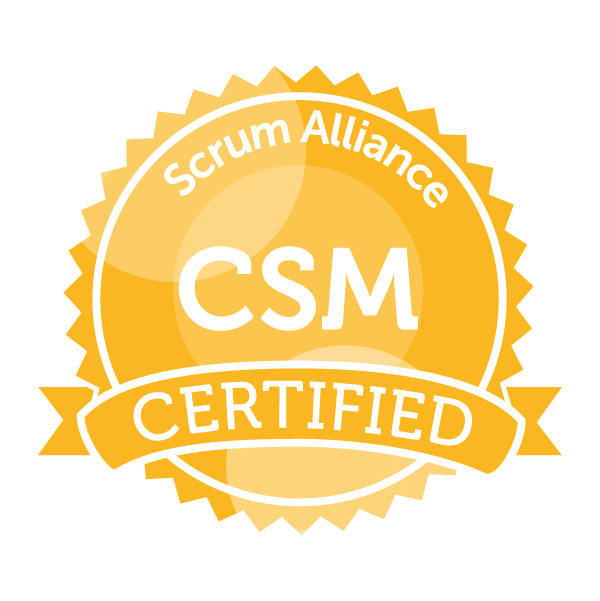CPFD Software, a leader in computational particle fluid dynamics solutions, embarked on an ambitious project to streamline their development operations and offline application deployment processes. The project’s objective was to automate the compilation, deployment of executables, and installer creation to ensure a more efficient and error-free operation. Additionally, it aimed to automate the silent installation of products, conduct tests, and provide immediate feedback through emailed post-processing data.
The Challenge
The challenge was to integrate a seamless, organic continuous integration (CI) pipeline capable of handling complex operations efficiently. Jenkins Automation Framework, a robust, open-source automation server offering a vast array of plugins for building, deploying, and automating any project, was chosen for this task.
The Solution
At the core of this initiative was the assembly and operation of an organic continuous integration server using the Jenkins Automation Framework. The CI server was designed to automate several critical processes:
- Compilation and Deployment of Executables: Automating this step ensured that the latest code changes were always ready for deployment, significantly reducing manual effort and minimizing the risk of errors.
- Installer Creation and Silent Installation: The CI pipeline automated the creation of installers and their silent installation, streamlining the deployment process for end-users.
- Automated Testing and Feedback: The ability to execute tests automatically and provide immediate feedback via email was a significant advantage, allowing for prompt identification and resolution of issues, thus maintaining high software quality.
The Technologies
Jenkins, known for its flexibility and extensive plugin ecosystem, was the cornerstone of this project. It enabled the customization of the CI pipeline to meet CPFD Software’s specific needs, integrating various tools for code compilation, testing, and deployment into a cohesive ecosystem that supports rapid development cycles and high-quality outputs.
The Potential
The implementation of this continuous integration server has opened up numerous possibilities for CPFD Software. By automating critical development operations, the company can now accelerate its product development lifecycle, enhance product quality, and improve customer satisfaction. The silent installation feature, in particular, ensures an effortless update installation process for end-users.
This initiative underscores a commitment to leveraging cutting-edge technologies to streamline processes, improve efficiency, and maintain the highest quality standards. It showcases the transformative power of automation in software development, deployment, and delivery, highlighting your role in achieving these significant advancements.










